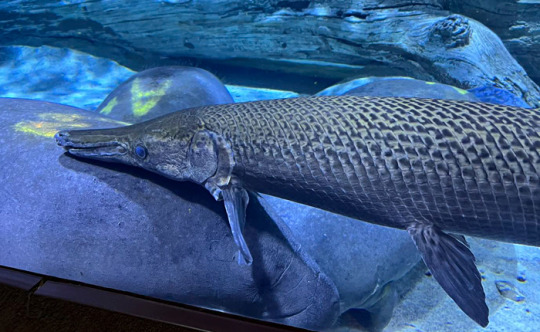I live Down Under, my main fandoms are Star Wars, Lucifer (TV) and Julian May's Exiles / Galactic Milieu series.
Don't wanna be here? Send us removal request.
Text
"Love for canine pets in particular was one of the most attractive features of the ancient Roman character.” Toynbee, English Historian

Roman terracotta figure of a pet dog, 1st century AD. British Museum
An ancient Roman epitaph for a dog called Myia reads: 'How sweet she was, how kind, always a friend in sleep and in bed. You can no longer run wild through the house, jump on me, or cheer me up with your sweet bites; The deep grave already holds you unaware; Shame you died'
Grave Stele for a dog called Helena, 2nd century: 'To the incomparable and worthy light of Helena's soul'

602 notes
·
View notes
Text














38 notes
·
View notes
Text
The person I reblogged this from deserves to be happy
I tried to scroll past this. I really did
2M notes
·
View notes
Text
A fantasy story starting with the protagonist minding her own business gathering firewood, when a demon appears out of nowhere announcing that she belongs to him now. The protagonist demands to know on what grounds, she's never signed no damn contract. The demon is kind of baffled by this, and awkwardly explains that just now her father had promised his firstborn for something, and she is his firstborn.
The protagonist digs her heels in and says no, she never knew her biological father and by the way the demon explained the situation, evidently her father also doesn't know that he already has a daughter, so therefore the man who had made no contribution to her life after he bred and fled has no claim to her as something he could barter.
Not giving a shit about the fact she's gambling her life in doing so, the protagonist makes contact with the local woodland fae, asking them to negotiate on her side. The fae think that this is fucking hilarious and go with her. So, having lawyered up and with a reluctant demon in tow, the protagonist heads off on a quest to find her father and do whatever it takes to wrangle everyone involved into unmaking the contract.
23K notes
·
View notes
Text
Tumblr is good for creative types because the tag system lets you be truly deranged about how much you like it without feeling as Exposed as a Comment Section
16K notes
·
View notes
Text
Why isn't "too scary" a good enough reason to never drive a car
31K notes
·
View notes
Text

My new painting, ‘By the River’, based on a photo I took at a park.
Now available on things to buy at my Redbubble store, such as greeting cards and tote bags.
NicciArt.redbubble.com
0 notes
Text
Living any life in this world as a disabled person who can't be exploited effectively for profit is important resistance. Not being able to conform and yet refusing to be erased is vital. Living in spite of society's demands and expectations and refusing to apologize for it is part of a slow revolution. Crafting a space for yourself despite the worlds hostility will help others do the same.
237 notes
·
View notes
Text
43K notes
·
View notes
Text

Alice & Olivia Fall 2024
253 notes
·
View notes
Text

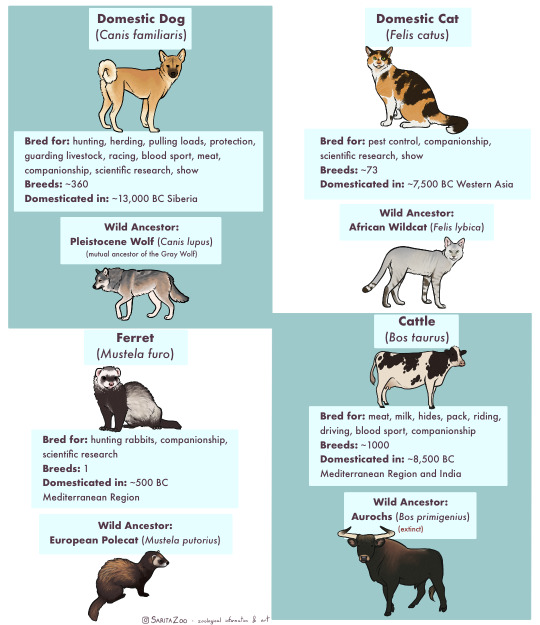


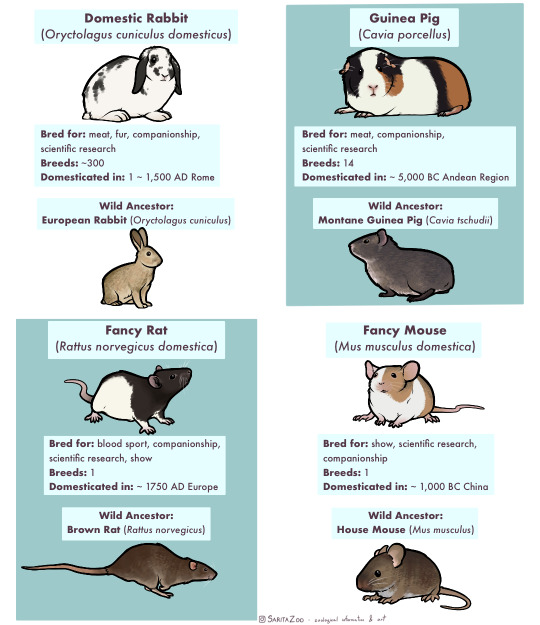
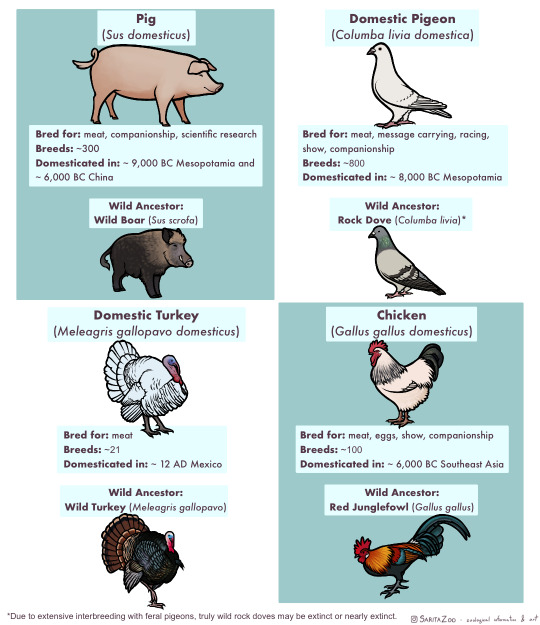
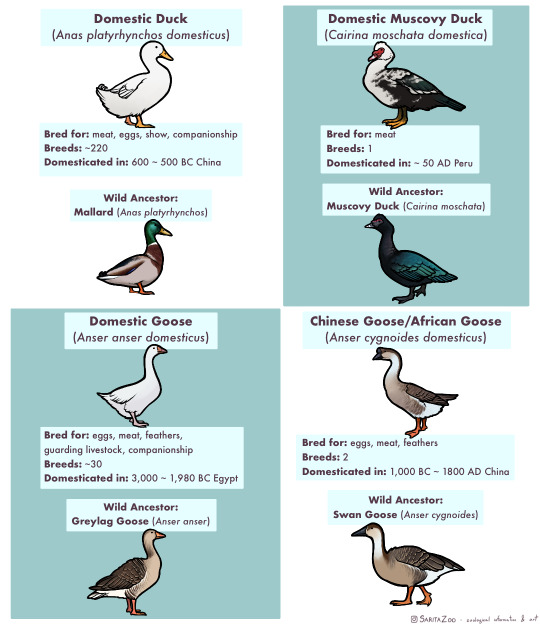
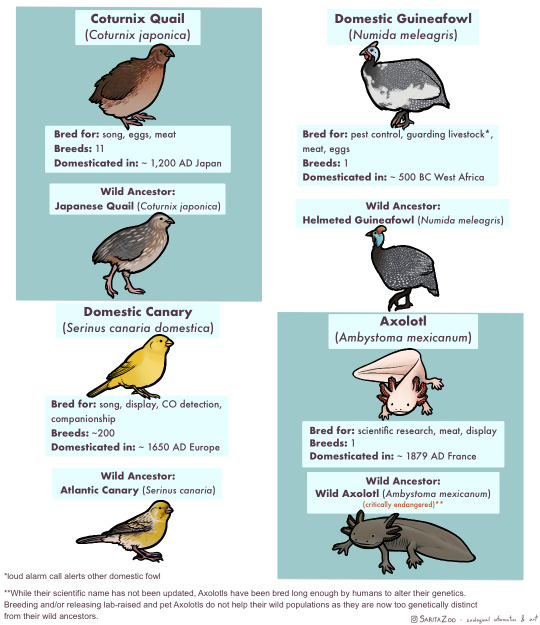
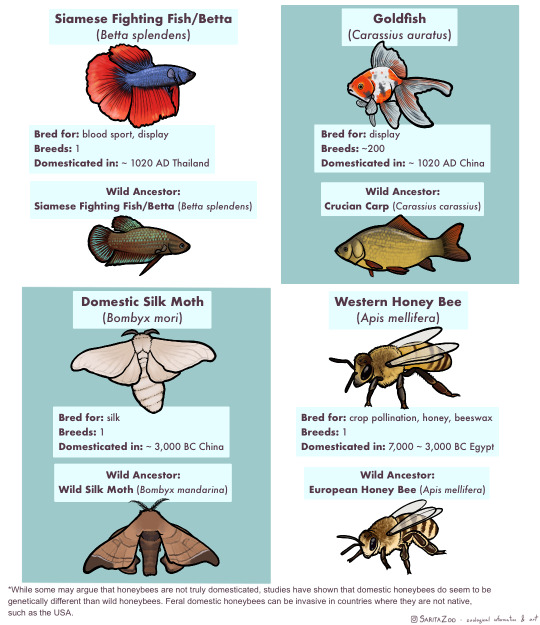

Phew. This one took, uh… a bit longer than expected due to other projects both irl and art-wise, but it’s finally here. The long-awaited domestic animal infographic! Unfortunately, I didn’t have enough space to cover every single domestic animal (I’m so sorry, reindeer and koi, my beloveds) but I tried to include as many of the “major ones” as possible.
I made this chart in response to a lot of the misunderstandings I hear concerning domestic animals, so I hope it’s helpful!
Further information I didn’t have any room to add or expand on:
🐈 “Breed” and “species” are not synonyms! Breeds are specific to domesticated animals. A Bengal Tiger is a species of tiger. A Siamese is a breed of domestic cat.
🐀 Different colors are also not what makes a breed. A breed is determined by having genetics that are unique to that breed. So a “bluenose pitbull” is not a different breed from a “rednose pitbull”, but an American Pitbull Terrier is a different breed from an American Bully! Animals that have been domesticated for longer tend to have more seperate breeds as these differing genetics have had time to develop.
🐕 It takes hundreds of generations for an animal to become domesticated. While the “domesticated fox experiment” had interesting results, there were not enough generations involved for the foxes to become truly domesticated and their differences from wild foxes were more due to epigenetics (heritable traits that do not change the DNA sequence but rather activate or deactivate parts of it; owed to the specific circumstances of its parents’ behavior and environment.)
🐎 Wild animals that are raised in human care are not domesticated, but they can be considered “tamed.” This means that they still have all their wild instincts, but are less inclined to attack or be frightened of humans. A wild animal that lives in the wild but near human settlements and is less afraid of humans is considered “habituated.” Tamed and habituated animals are not any less dangerous than wild animals, and should still be treated with the same respect. Foxes, otters, raccoons, servals, caracals, bush babies, opossums, owls, monkeys, alligators, and other wild animals can be tamed or habituated, but they have not undergone hundreds of generations of domestication, so they are not domesticated animals.
🐄 Also, as seen above, these animals have all been domesticated for a reason, be it food, transport, pest control, or otherwise, at a time when less practical options existed. There is no benefit to domesticating other species in the modern day, so if you’ve got a hankering for keeping a wild animal as a pet, instead try to find the domestic equivalent of that wild animal! There are several dog breeds that look and behave like wolves or foxes, pigeons and chickens can make great pet birds and have hundreds of colorful fancy breeds, rats can be just as intelligent and social as a small monkey (and less expensive and dangerous to boot,) and ferrets are pretty darn close to minks and otters! There’s no need to keep a wolf in a house when our ancestors have already spent 20,000+ years to make them house-compatible.
🐖 This was stated in the infographic, but I feel like I must again reiterate that domestic animals do not belong in the wild, and often become invasive when feral. Their genetics have been specifically altered in such a way that they depend on humans for optimal health. We are their habitat. This is why you only really see feral pigeons in cities, and feral cats around settlements. They are specifically adapted to live with humans, so they stay even when unwanted. However, this does not mean they should live in a way that doesn’t put their health and comfort as a top priority! If we are their world, it is our duty to make it as good as possible. Please research any pet you get before bringing them home!
38K notes
·
View notes
Text

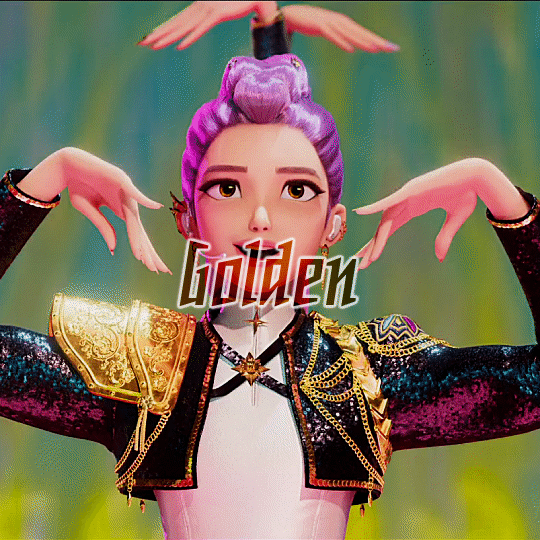





K-Pop Demon Hunters + music 🎶
3K notes
·
View notes


